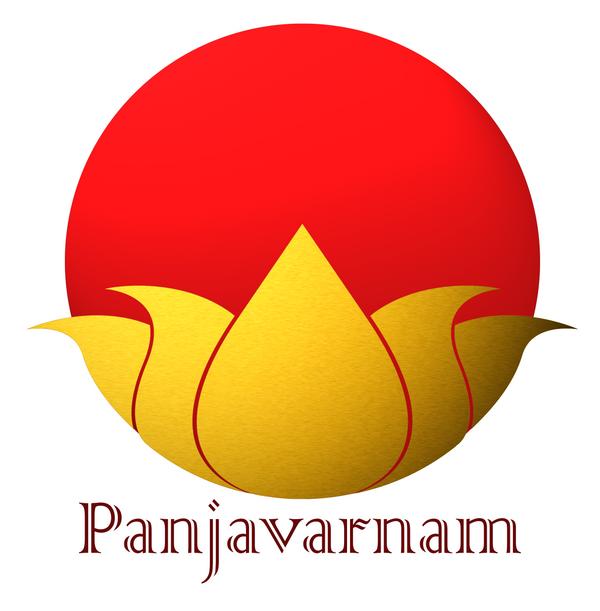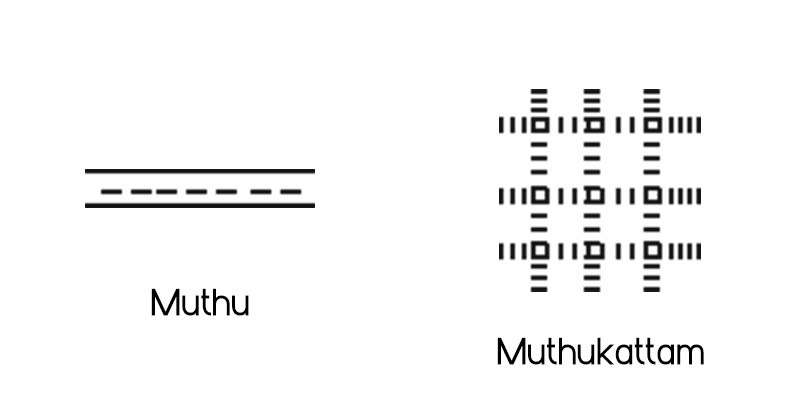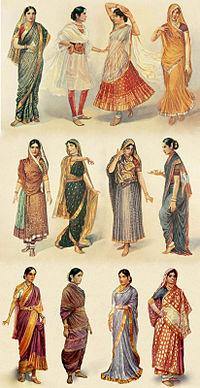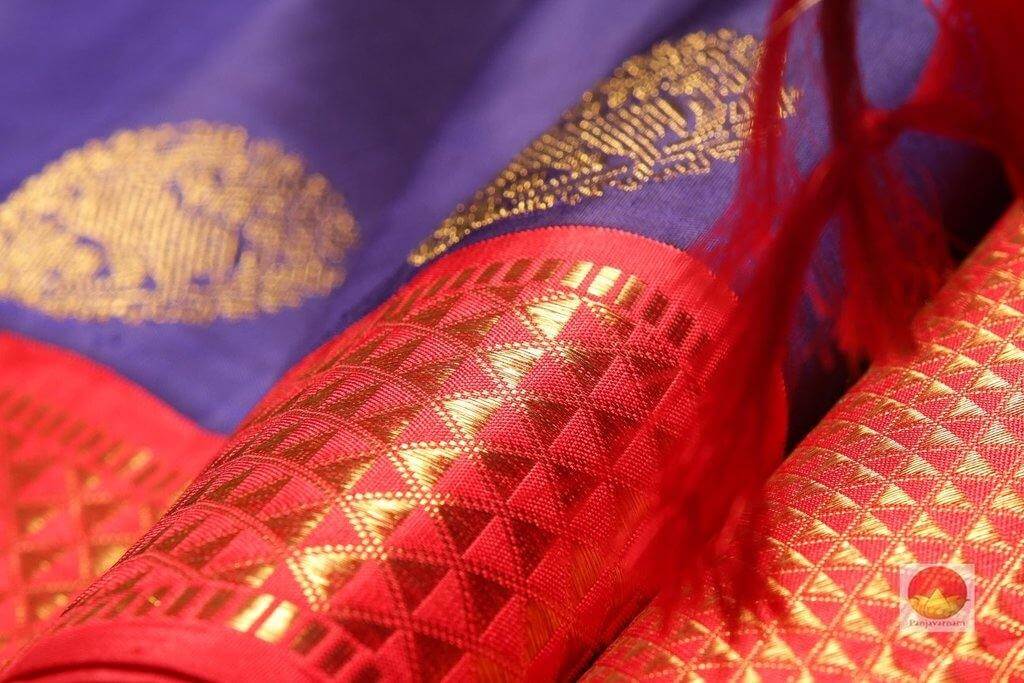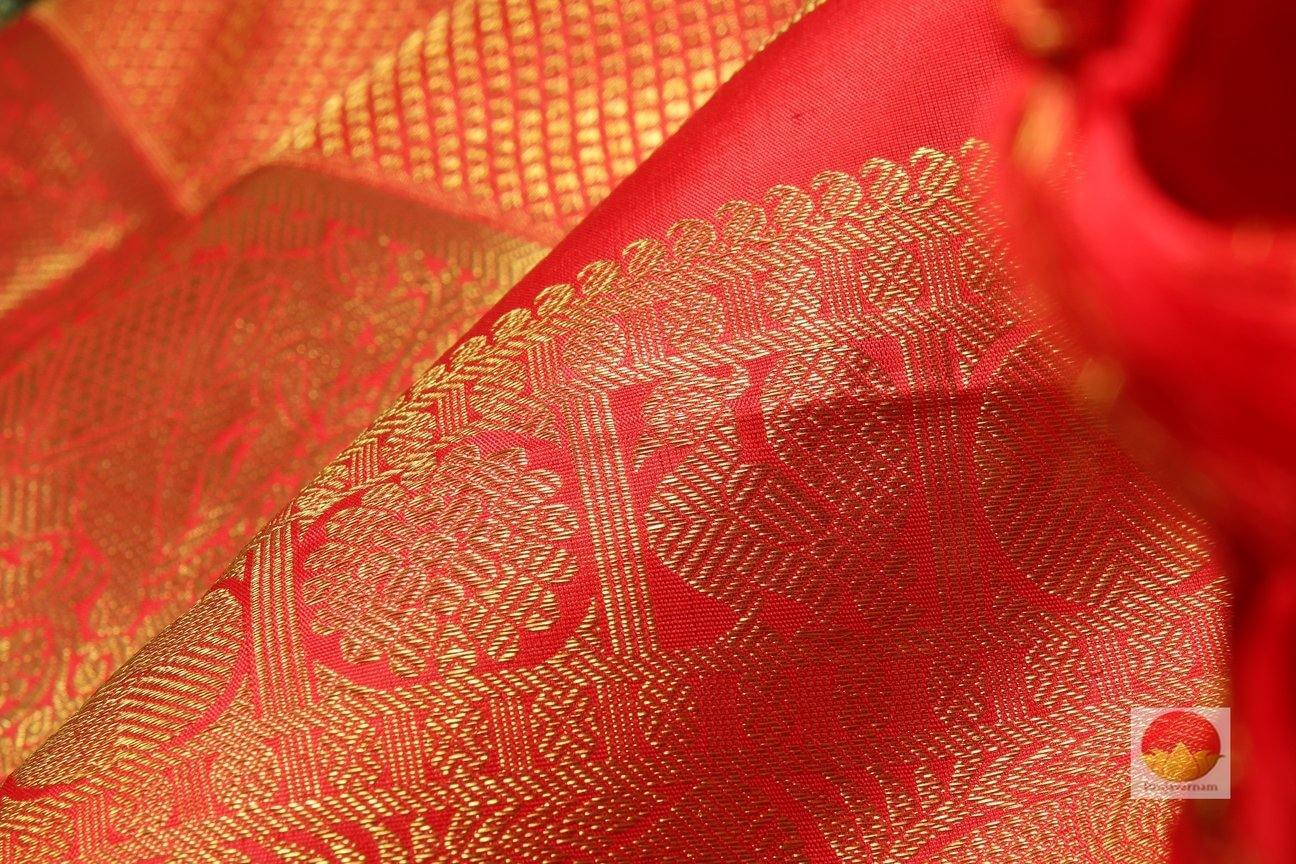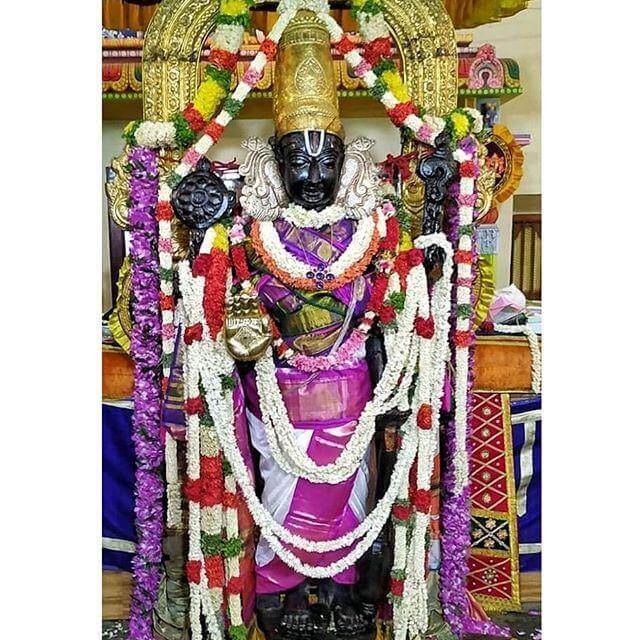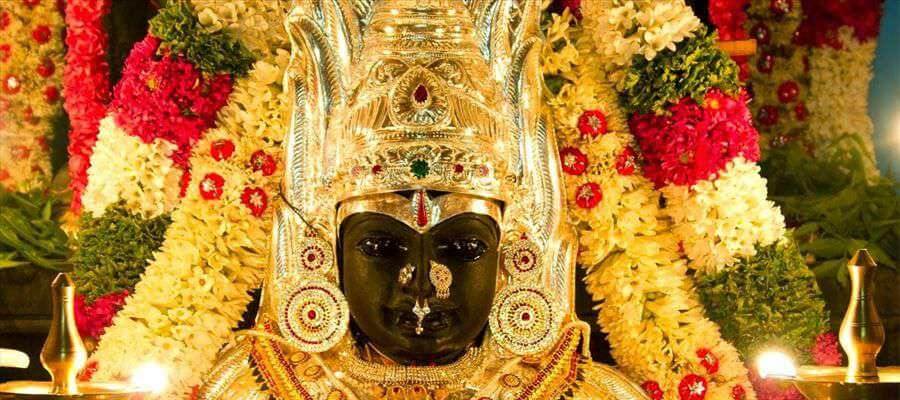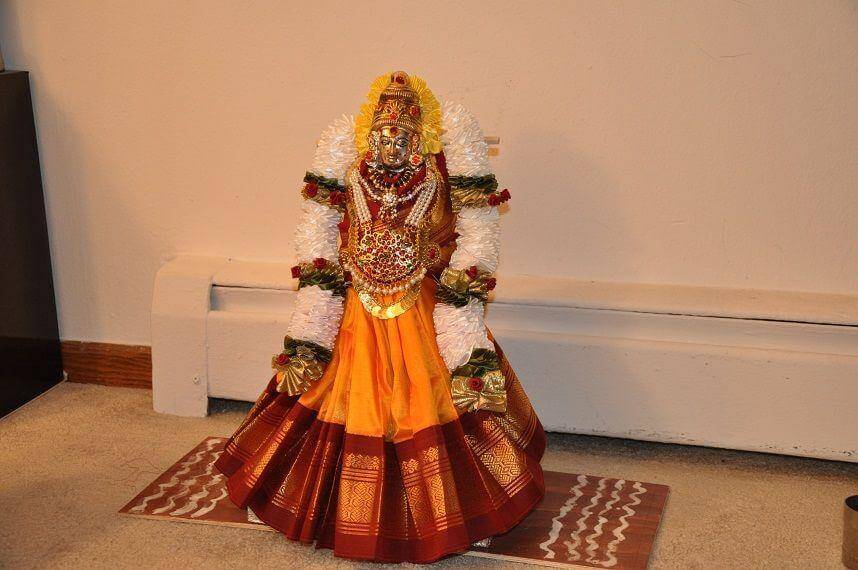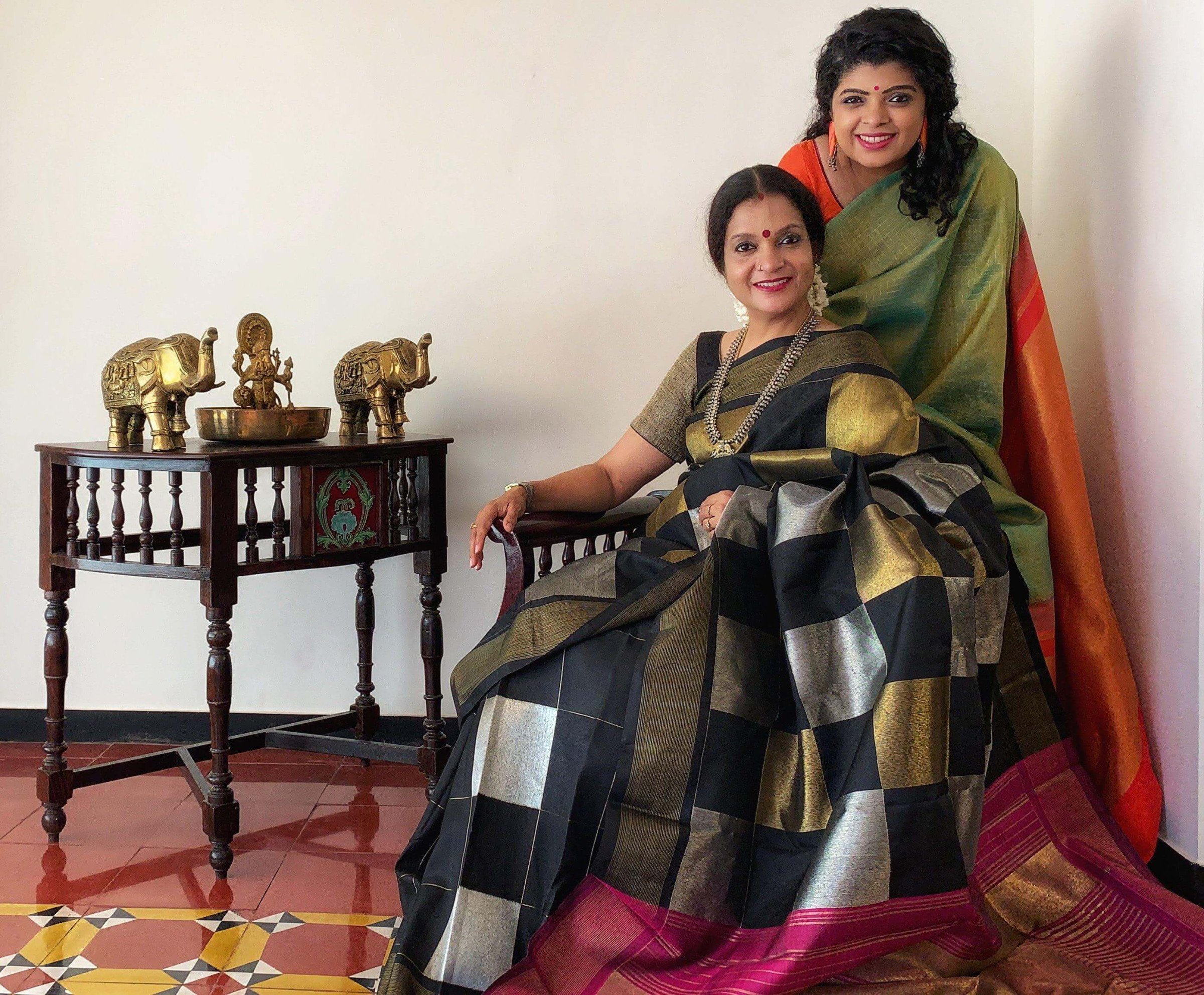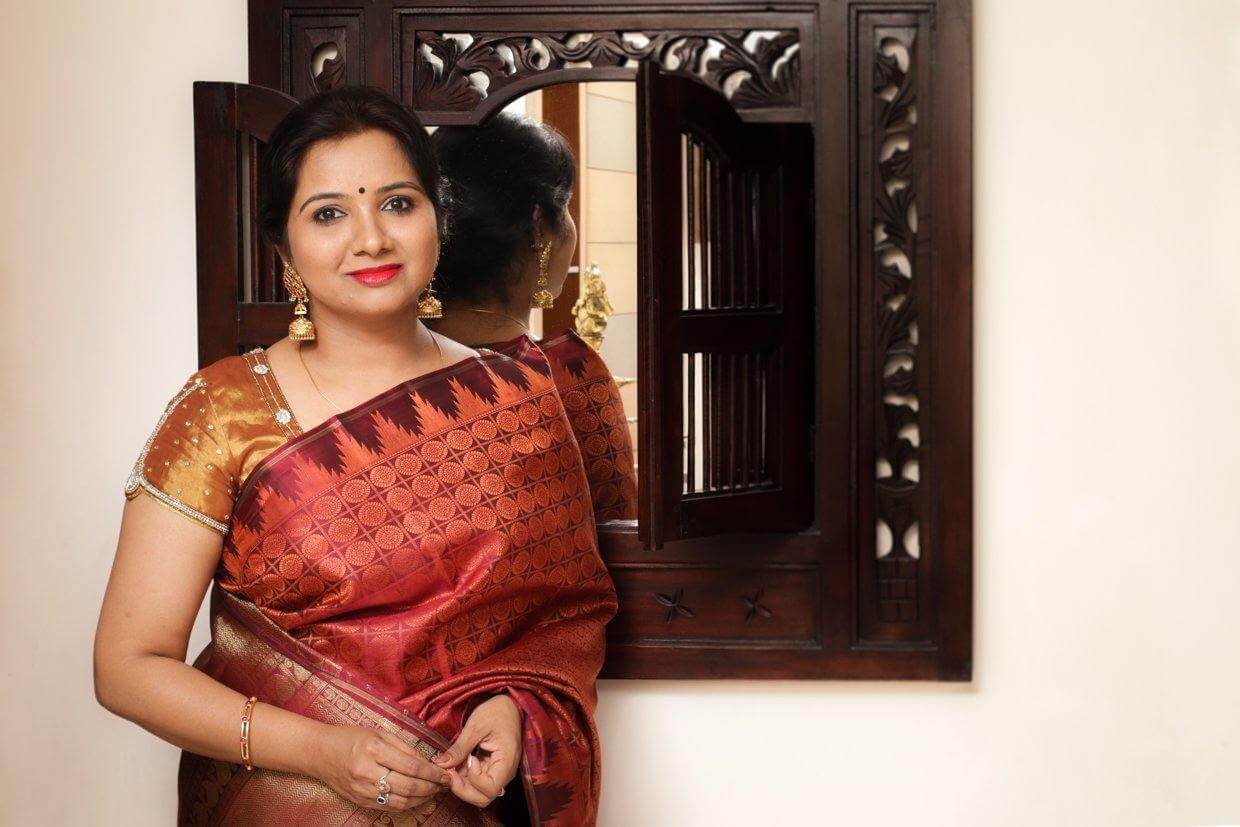Muthu Kattam Motif is a popular style used extensively to create stripes or repeating patterns that usually run the full width of the kanchipuram silk sari pallu or border. Motifs are an important part of any saree’s weave. There cannot be a Kanjivaram saree without a motif. But motifs stand for much more than just a design on a saree. We believe Society, Mythology and Nature are major influences in weaving motifs in sarees. Look at motifs like Annams, Kolams, Elephants, Ganda Berunda, etc. Weavers take inspiration from everything around them. Motifs are a representation of life, relationships and the meaning they hold.
To buy this saree, click here
This month we want to talk about Muthu vari motif and the muthu kattam motif. The Muthu kattam motif is an extension of the muthu vari. Muthu meaning “pearl”, the muthu vari is literally a line of pearls. Muthu kattam is when a line of pearls weaves form checks on the saree.
To buy this saree, click here
Geometric patterns and kattams that always rule the roost in Kanjivarams. There is a certain sense of tradition when you see the kattam in a saree. There are different types of kattams stripes woven in multiple colours, zari kattams and there are different combinations of these kattams. As a weave, the muthu kattams require precision and correct calculation. Weaving is a testament to art and science going hand in hand.
To buy this saree, click here
Muthu vari is most commonly found on borders or pallus. It is not common to find a Kanjivaram with a Muthu Vari woven on the body. But when you do, it's not a saree you should let go off. The precision with which the weave is done is a feat that must be appreciated. And how do you appreciate a saree, by wearing it of course!
Muthu Kattams are found most commonly on the body of the saree as the main design. The muthu kattam weave is checks formed by evenly spaced pearl-like weave patterns. It is believed that the muthu kattam weave represents the harmonious relationship between the bride and the groom.
Every handloom saree is beautiful to drape and definitely lasts longer. For a weaver to weave a saree, it takes a lot of planning and time invested in placing the weave and the thread correctly with precision. One miscalculation and the whole design goes for a toss. In our experience with handloom weavers, we have witnessed the painstaking process that these masters enjoy doing because the end product is sheer beauty. The smile a saree can bring to your face is true beauty. But it is our wish that you not only experience the saree but understand the process a weaver goes through to create a work of art. Weavers take inspiration from every living and non-living thing around them. Weavers weave a tale with every saree telling us a very compelling story. Only, do we listen to it?
